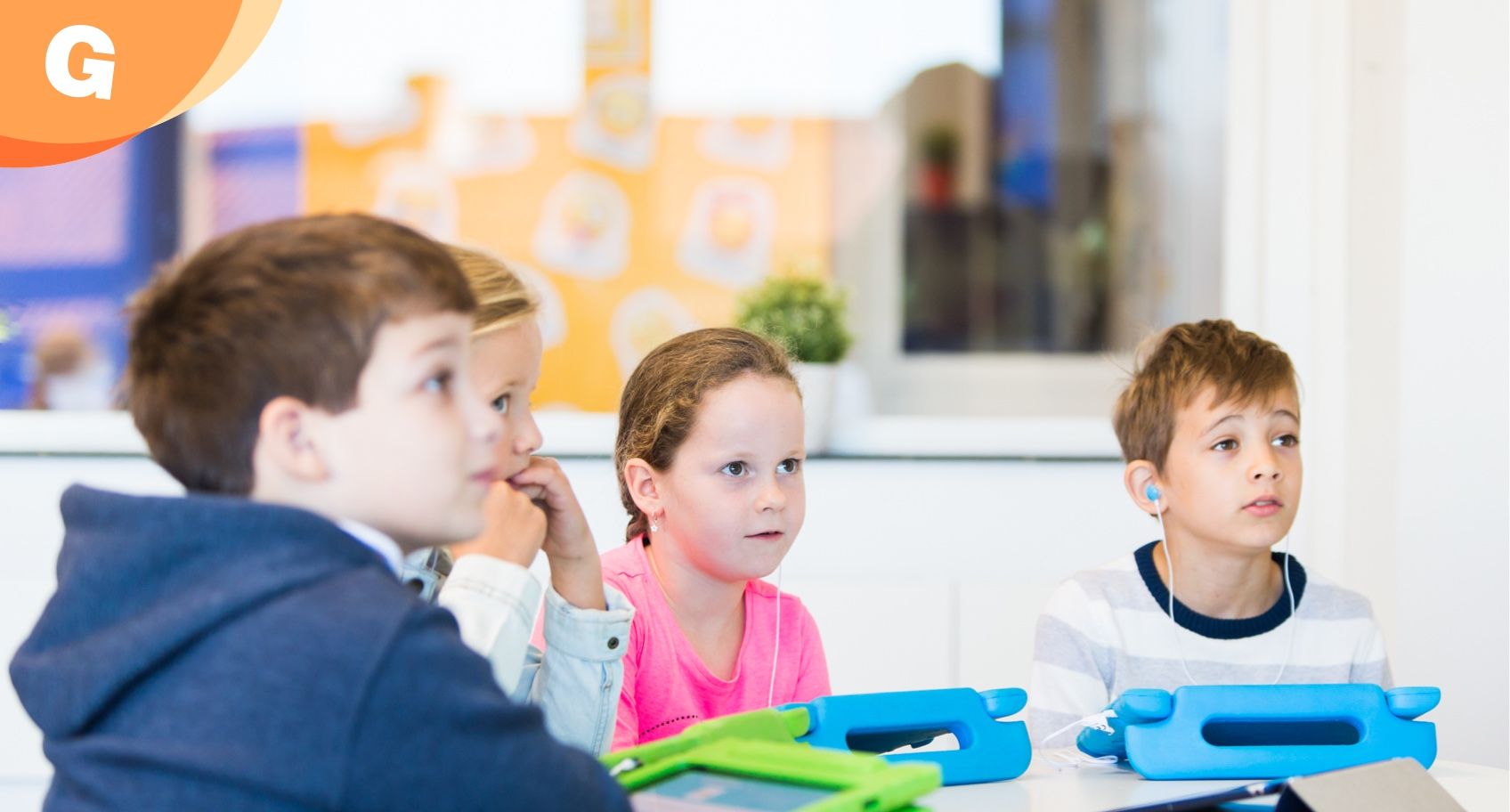
3 Ways to Help Students Pay Attention Using an Interactive Whiteboard
As some students may have a short attention span or have little interest in a particular topic, it may be difficult for such students to pay attention in class. The interactive whiteboard, however, has helped to change this. This is especially true today with the amount of tech devices around, and students’ obvious love for them (look around your classroom at the increase in phones and tablets over the last few years). With the many features that exist on the interactive whiteboard, there are many ways to increase the attention span of student.
1. Let the students drive the lesson
One way to make students pay more attention in class is to allow the lessons to be student driven. Although the topic should be chosen and introduced by the teacher, the teacher could allow the students to direct the lesson. With a teacher’s guidance, a chosen student could be instructed on how to follow a teacher’s lesson plan. This particular student could use the interactive whiteboard to select things a teacher pre set up. This then gives multiple ways to go through a lesson. This student-teacher could easily engage other students by obtaining student volunteers to write topic related questions. Additionally, particular students could be chosen to provide an appropriate response to such questions.
Try Gynzy
2. Hands on activities
Another way to obtain the attention of students is to provide hands-on activities through the use of your interactive whiteboard. This could be accomplished by using concept mapping and Venn diagrams. In such activities, students could work in groups with an assigned leader. In order for each group be successful, each student must participate and take turns filling in the Venn diagram or completing the concept map on the interactive whiteboard. The use of their finger or a colorful pen could be used as color help to create interest.
3. Videos and audio
As some students are visual and auditory learners, the interactive whiteboard could be used to show videos geared toward a specific topic. Small groups could also create their own topic-related video. Such videos could be shown to the class in order to enhance a specific lesson or to provide how-to instructions. An example of such video could relate to incorporating Spanish terms in an English video or showing a class-made video concerning how to dissect an amphibian; the possibilities are endless.
Conclusion
Making use of the interactive whiteboard is an excellent and creative way of making students pay attention in class. As this board consist of numerous features, simply implementing them allows for an increased attention span concerning students. Has the interactive whiteboard helped you to increase the attention span of your students? Let us know in the comments.
